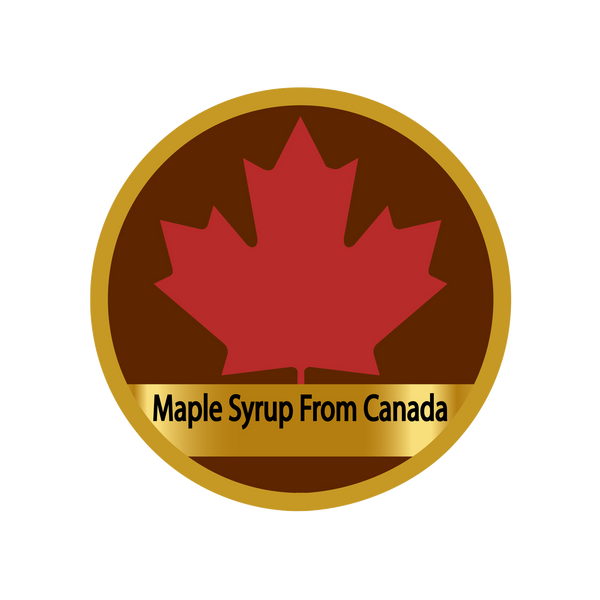Maple syrup production is a fascinating process that relies on the natural rhythms of trees, the changing seasons, and the intricate chemistry of sap. One intriguing phenomenon observed by maple syrup producers is the production of dark-grade maple syrup towards the end of the season, coinciding with warmer weather. Let's explore the scientific reasons behind this interesting occurrence.
1. Bacterial Activity and Sap Composition:
As the temperatures rise towards the end of the sugaring season, bacterial activity in the sap increases. Microorganisms present in the sap metabolize sugars, leading to the production of organic acids. This microbial activity is more pronounced in warmer conditions, contributing to changes in the composition of the sap.
2. Bud Development and Changes in Sap:
Warmer weather signals the onset of bud development in maple trees. As the trees prepare for budding and leafing, the sap undergoes significant changes in composition. The sap collected later in the season tends to have higher levels of non-sucrose compounds, including amino acids and organic acids. These compounds contribute to the darker color and stronger flavor characteristic of dark-grade maple syrup.
3. Mineral Content and Tree Physiology:
In preparation for bud development, maple trees draw up minerals from the soil. The mineral content of the sap may increase towards the end of the season. The presence of minerals, combined with other compounds, influences the color and flavor of the syrup.
4. Caramelization and Maillard Reactions:
Extended boiling times, which may occur later in the season as sap sugar content decreases, contribute to caramelization of sugars and Maillard reactions. These complex chemical reactions result in the formation of compounds responsible for the darker color and distinct flavor associated with dark-grade maple syrup.
The production of dark-grade maple syrup towards the end of the sugaring season is a fascinating interplay of biological, chemical, and environmental factors. The warmer weather triggers microbial activity, sap composition changes associated with bud development, increased mineral content, and complex chemical reactions during boiling. Maple syrup producers carefully monitor and control these variables to ensure that the syrup meets the standards for the desired grade. Understanding the science behind this process adds depth to the appreciation of the art and craftsmanship involved in producing high-quality maple syrup.

